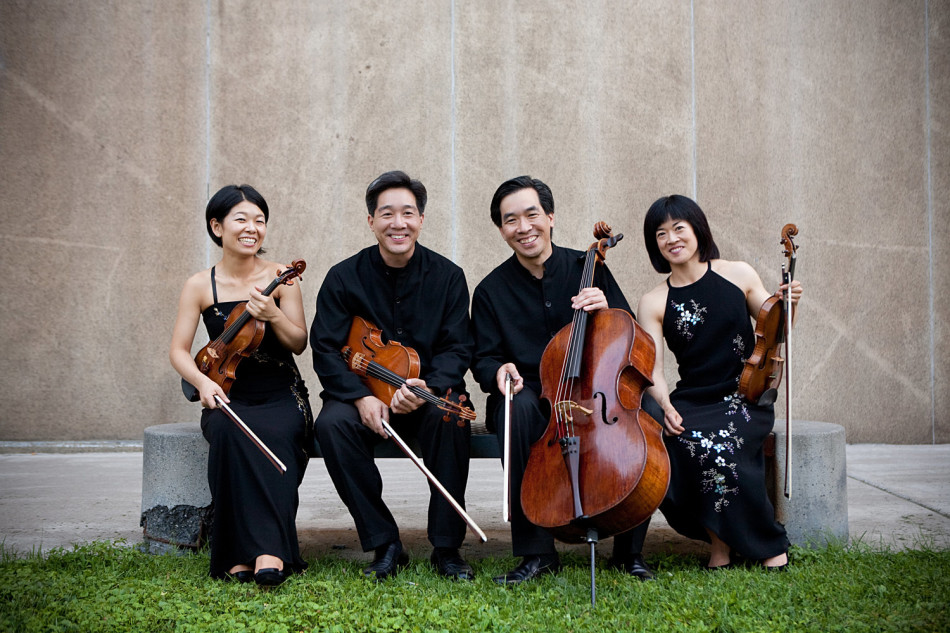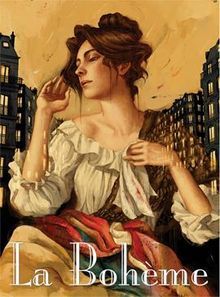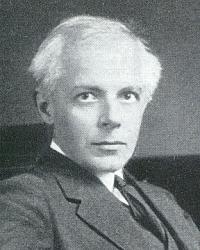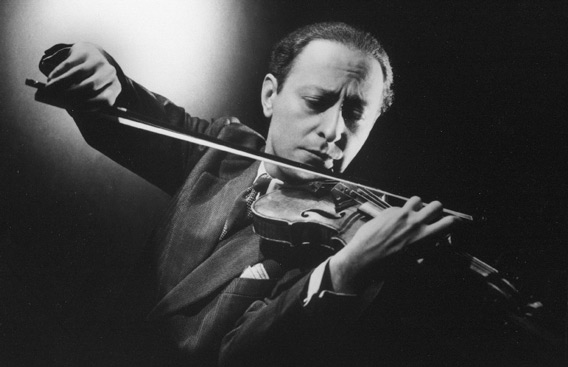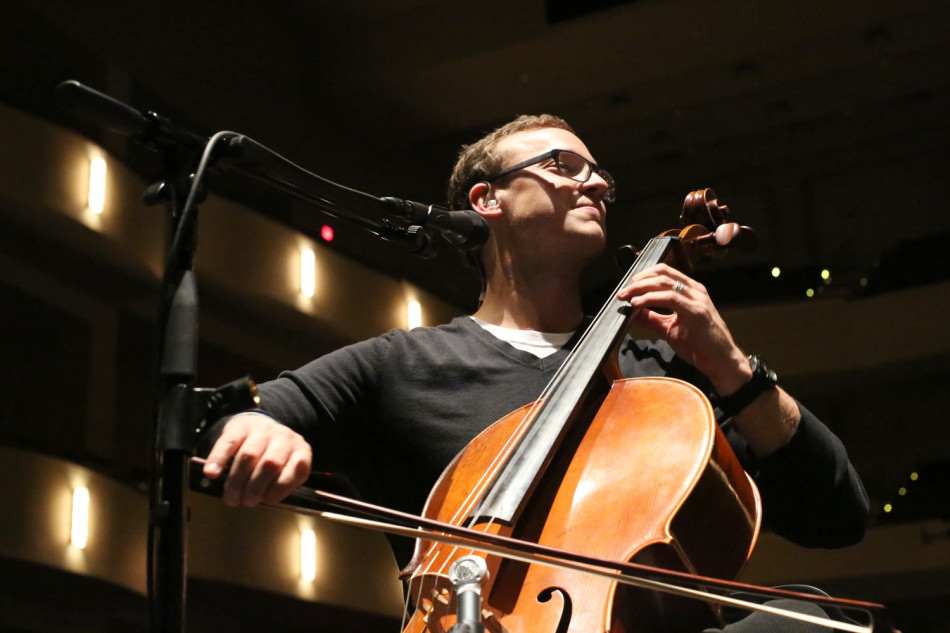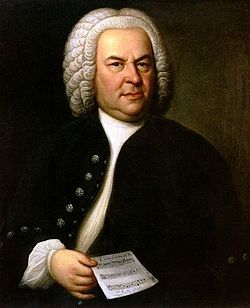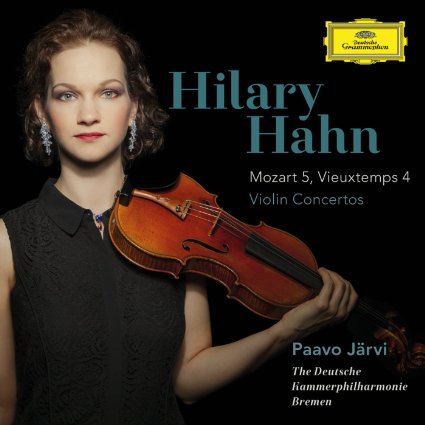News of the devastating earthquake in Nepal has captured global attention this week. On Monday, Drew McManus, author of the popular orchestra business blog, Adaptistration, published a post encouraging donations to the Unatti Foundation, a non-profit organization serving orphaned and underprivileged children in Nepal. In 2010, McManus and cellist Lynn Harrell traveled to Nepal and worked at the Unatti Home, just east of Kathmandu.
Let’s listen to some music from this ancient and isolated land, surrounded by the Himalayas. Ful ko Thunga is performed by the Nepalese folk band, Kutumba, which uses traditional instruments including the Bamboo Flute, Sarangi (a string instrument), Madal (a hand drum), Tungna, Dhol, and Jhyamta. This is music that emerges out of a drone and develops slowly through repeating patterns and a strong rhythmic groove.
https://www.youtube.com/watch?v=KICCVBET6js
[unordered_list style=”tick”]
[/unordered_list]
[hr]
The Gurung people live in the foothills of the Annapurna mountains, a range of the Himalayas in Nepal. Their villages, tightly clustered like medieval towns, dot the slopes, surrounded by cascades of terraced fields…The people with whom I lived sometimes mentioned that though their lives were full of toil and hardship, they were fortunate to live in a place with ramrod haw a-pani, literally “good wind and water,” which in Nepali means a wholesome or pleasant climate. This phrase evokes not just a sense of good weather, but of a landscape that is kind and bountiful and creates propitious conditions for life. Although people in the village spoke of how loss and misfortune were inevitable in existence, a view shared by most Buddhists, what they stressed above all was the importance of living with grace, kindness, and generosity in the midst of suffering, and of cultivating appreciation and equanimity (a good climate, as it were) in one’s being, regardless of circumstances. The climate in the village was largely one of graciousness and good-humer, with the sorrows of life making its joys more poignant and amplifying the value of human connection.
-Ernestine McHugh, Love and Honor in the Himalayas: Coming to Know Another Culture


